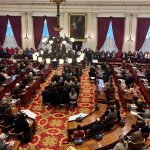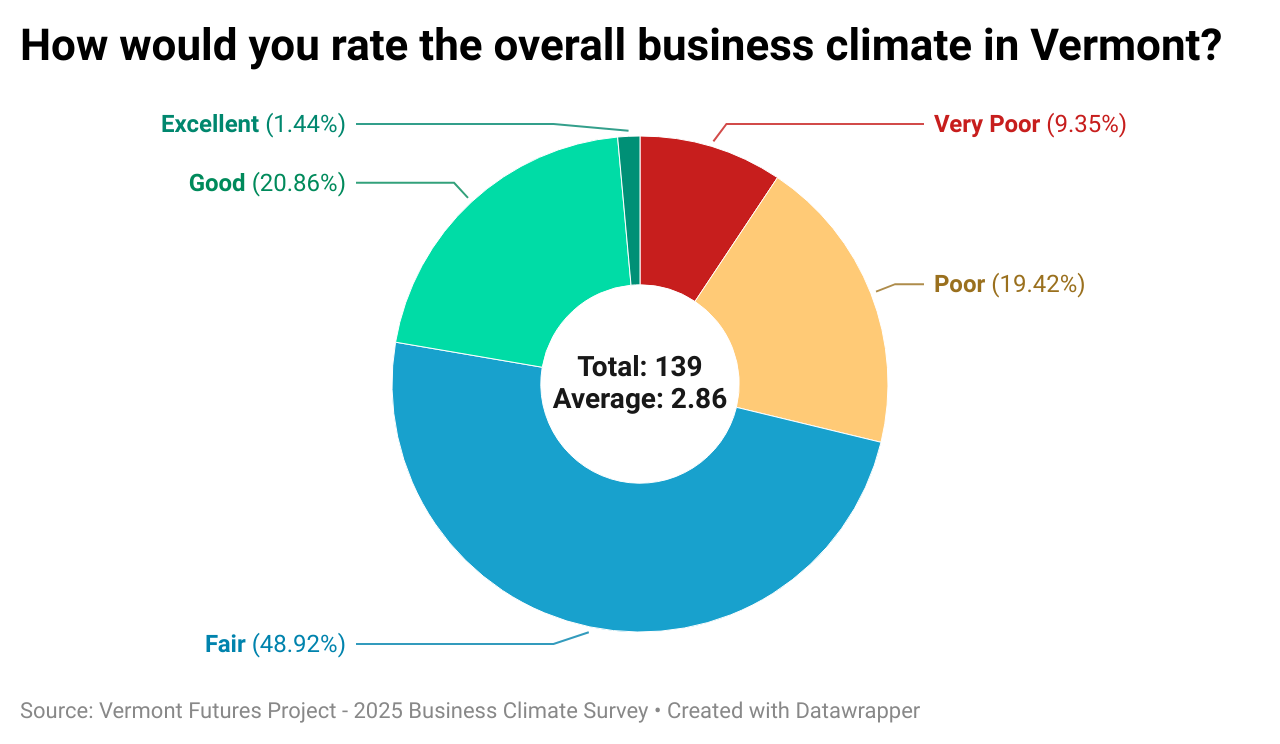Focus Builds on Act 250 Modernization Efforts
With three different Act 250 modernization proposals under discussion in three different committees, stakeholders are optimistic that this could be the year for meaningful reform that includes exemptions. The BE Home bill, H.687, and S.308 each lay out a tiered approach to Act 250 jurisdiction, but differ in the details of how those tiers will be determined and what they include. The Vermont Chamber is encouraging collaboration and voicing support for policies that incentivize new development in and around our community centers as outlined by the Vermont Natural Resources Board report on necessary updates to Act 250.
The Vermont Chamber testified throughout the week before the House Energy and Environment Committee, advocating for sizable, planned growth area designations throughout the state. These would designate both large and small communities, include Act 250 exemptions, and should be large enough to build a substantial number of resilient housing units. Clear housing goals and a comprehensive data-informed plan must be established to address the changing demographic and housing needs. Legislators have an opportunity to leverage resources such as the Vermont Futures Project and VHFA’s Housing Needs Assessment to inform their decisions.
RECENT HOUSING NEWS









